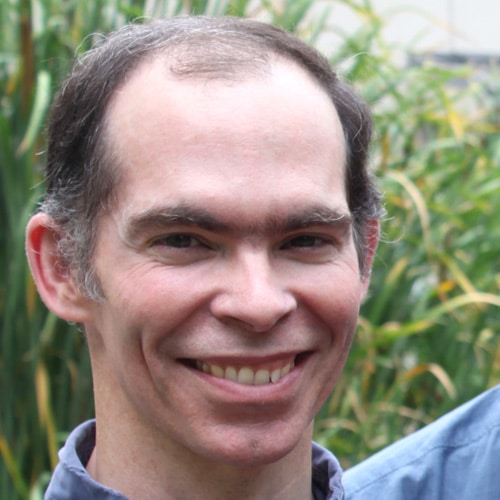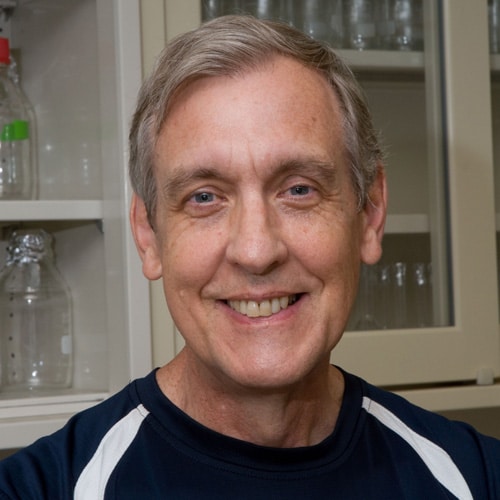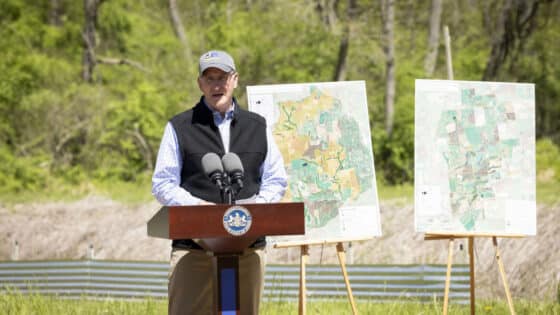The main focus of the Watershed Biogeochemistry Group is to investigate major elemental cycles in streams and their watersheds, particularly carbon, nitrogen, and phosphorus pools and fluxes. We are especially interested in quantifying and characterizing the rich array of organic molecules that exist in stream ecosystems, and serve as the main food source to microorganisms and consequently to all biological communities. Throughout the watershed, water is found in many places beyond stream channels, including aquifers, soils, and sediments. Our biogeochemistry laboratory has the capabilities to perform a wide range of chemistry analyses in water samples from all these places.
Watershed Biogeochemistry Staff
Watershed Biogeochemistry News

Biological lability of streamwater fluorescent dissolved organic matter
Cory, R.M., and L.A. Kaplan. 2012. Limnology and Oceanography 57(5):1347–1360.

UpStream Newsletter, Summer 2012
The Moorhead Environmental Complex -- Sharing Stroud Science Starts Here: The board of directors cut the ribbon on a new building for environmental education and public outreach that models sustainable
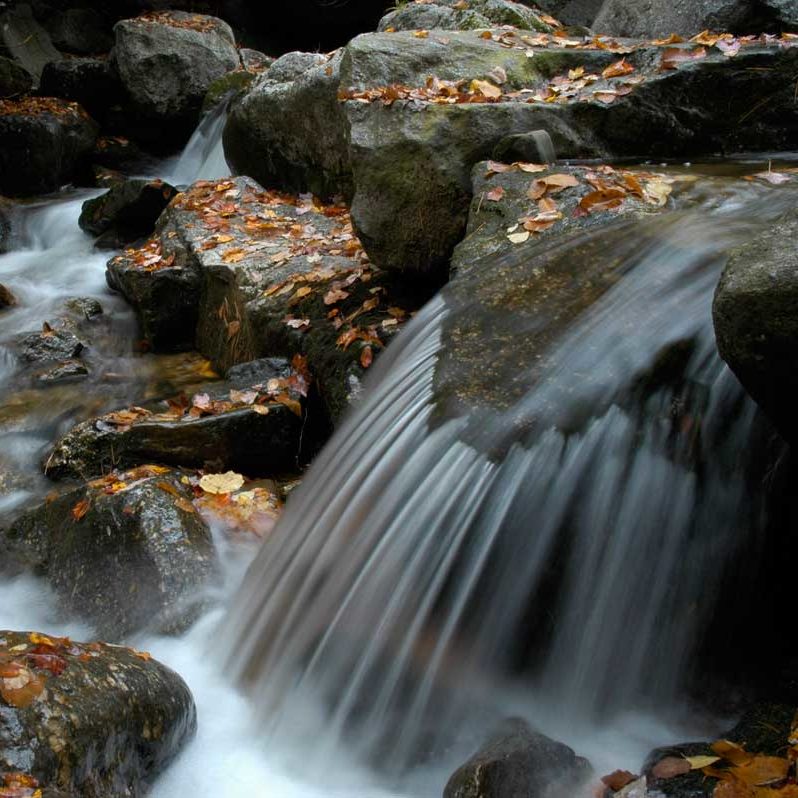
The impact of terrestrial dissolved organic carbon on stream ecosystems through an investigation of hydrologic sources
McLaughlin, Christine. 2012. Ph.D. dissertation. University of Pennsylvania, Philadelphia. Adviser: L.A. Kaplan.

UpStream Newsletter, Summer 2011
The difference between the organic materials that enter and leave a river system tells us how the river affects greenhouse gases.
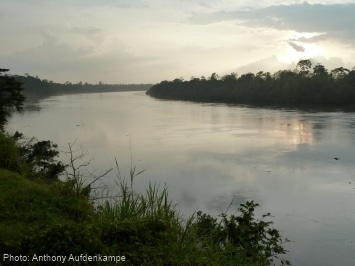
UpStream Newsletter, Spring 2011
Two weeks into their work in Papua New Guinea, Dr. Anthony Aufdenkampe and his colleagues had already surveyed more than 600 miles of remote jungle rivers.
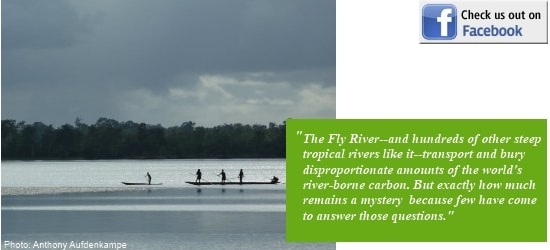
UpStream Newsletter, Winter 2011
Stroud Center scientists think Papua New Guinea might be more important in terms of carbon and sediment discharge than the entire Amazon River.


